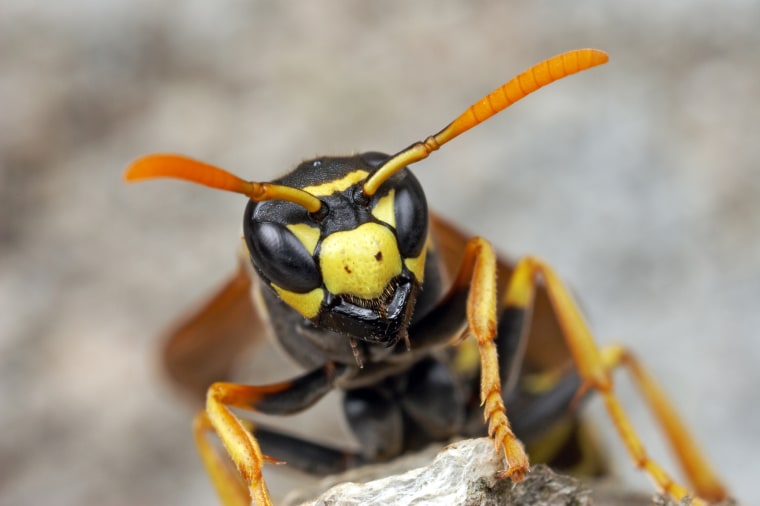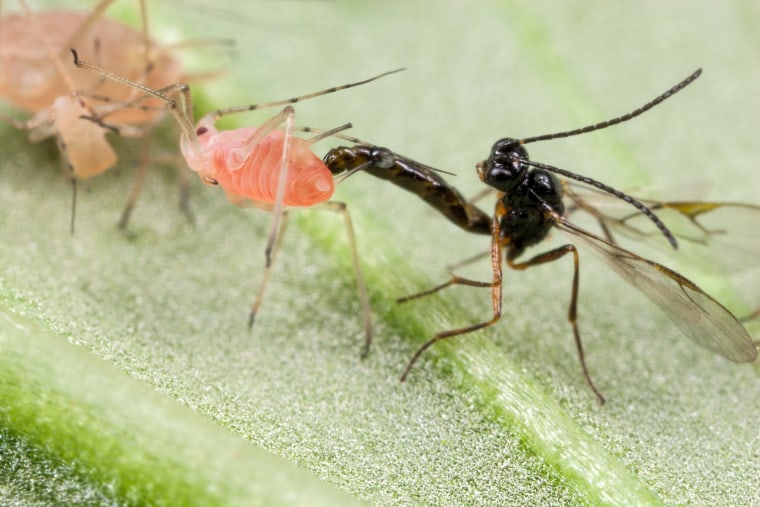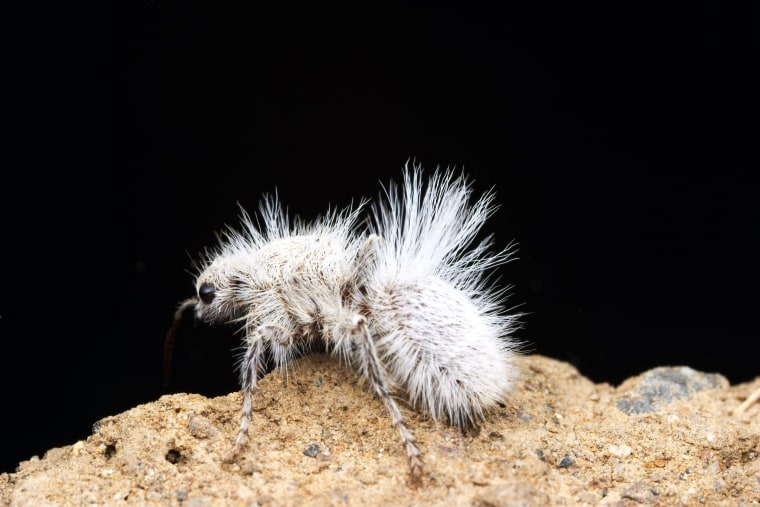The nostalgia flowing since the documented collapse of our insect populations has many wellsprings: Childhood memories of meadows filled with butterflies, the usual belated media fondness for honey bees, the contrast between the distant buggy wilderness and our sterile cityscapes, and a starker contrast between the glorious iridescence of rainforest beetles and the roach-y creatures currently under our recycling bins.
People slip easily into nostalgia for the showier arthropods. Who doesn’t love the monarch butterfly in either of its forms — the warning orange of the migratory adult or the pudgy caterpillars adorning roadside milkweed? But butterflies, for all their glamour, only scratch the surface of what has gone missing. The full diversity of insects, estimated to surpass 10 million species, is — or was — a richness 2,000 times that of mammals.
Insects are a rich group, and the most affluent of the rich are the wasps.

Wasps pull off the most staggering feats in the animal kingdom. The tropical jewel wasp, Ampulex, hacks the neurology of its cockroach prey with a surgically placed sting to the brain, allowing her to drive the roach pliantly back to her burrow. Other spider-eating wasps direct their hapless arachnids to abandon the stereotypical circular orb webs and, instead, the reprogrammed spiders spin comfortable silk hammocks to house developing wasp cocoons. Some Polistes paper wasps — yes, the familiar striped menaces under your eaves — are among the few insects with social skills so keenly developed as to memorize the faces of their nest mates, treating each with respect or scorn appropriate to their social status in the colony. Wasps do drama worthy of any telenovela.
Although we are certainly culpable in their decline, wasps provide our own pestilent species with numerous and unexpected services. They prey upon the insects that eat our crops, for one; no wasps, no food. Agaonid wasps are the required pollinators of figs, which will not develop fruits without them; No wasps, no figs. (And, no wasps, no Fig Newtons.) And a team of Italian scientists recently discovered that we may owe wine itself to wasps: Brewer’s yeast does not easily survive winter outdoors, and in the wild instead passes the cold months mingling and exchanging genes in the guts of fruit-feeding wasps. So, no wasps, no Viognier.
You may then imagine the emotional wreckage among entomologists, already suspicious that their beloved bugs were in trouble, when a string of large-data scientific studies emerged in the past year documenting severe, possibly unrecoverable, declines in insect numbers. Three-quarters of German insects since 1990, gone, and 95 percent of Puerto Rican insects since 1977, gone. The iconic Monarch butterfly, down 80 percent over two decades. Numbers that knock the wind out of even the most cautious of scientists. The New York Times declared an “Apocalypse.”
Yes, mourn the fuzzy bees. Mourn the ladybird beetles. Mourn the mantis. But especially, mourn the wasps.
Wasps, more than any insect, are a mirror held to our planet. I do not proclaim their reflectivity out of sentiment, but from brute fact. Most wasps are specialized predators or parasites of other arthropods, building their bodies by siphoning the life from other arthropods. Ghastly, yes, but ubiquitous. Nearly every insect is plagued by wasps so specialized that they only feed from one or a handful of host species. Often, they are plagued by several wasps: Wasps that attack the eggs, wasps that attack the larvae and wasps that attack the adults. And these wasps have their own wasps; wasps all the way down, species upon species.
Counting species, we climb into the millions as we consider the enormity of the ecological landscape. Start with a tree. Every tree species is the sun to a solar system of arthropods, centering a unique entourage of weevils, caterpillars, pollinating flies and bees, sap-sucking aphids, ants that inhabit old stems, cicadas that feed from the roots. Spiders and robber flies prey on this abundance, and the spectacle doesn’t end once the tree passes on. The fallen trunk hosts a succession of longhorn beetles, termites, and angel insects, eventually succumbing to fungi that are, in turn, consumed by pleasing fungus beetles and various gnats and vinegar flies. Multiply these celestial bugscapes across the hundreds of thousands of plant and fungal species to arrive at an estimated tally of arthropod species. Then, cognizant that most everything has a wasp, double the number.

Wasp diversity is formed as an impression of the rest of the insects. Wasp health is only as robust as the health of their prey and, as insects slide into precipitous decline, we risk losing not only the bright butterflies but the wily wasps on which they depend.
Put simply, we miss wasps because we miss insects.

